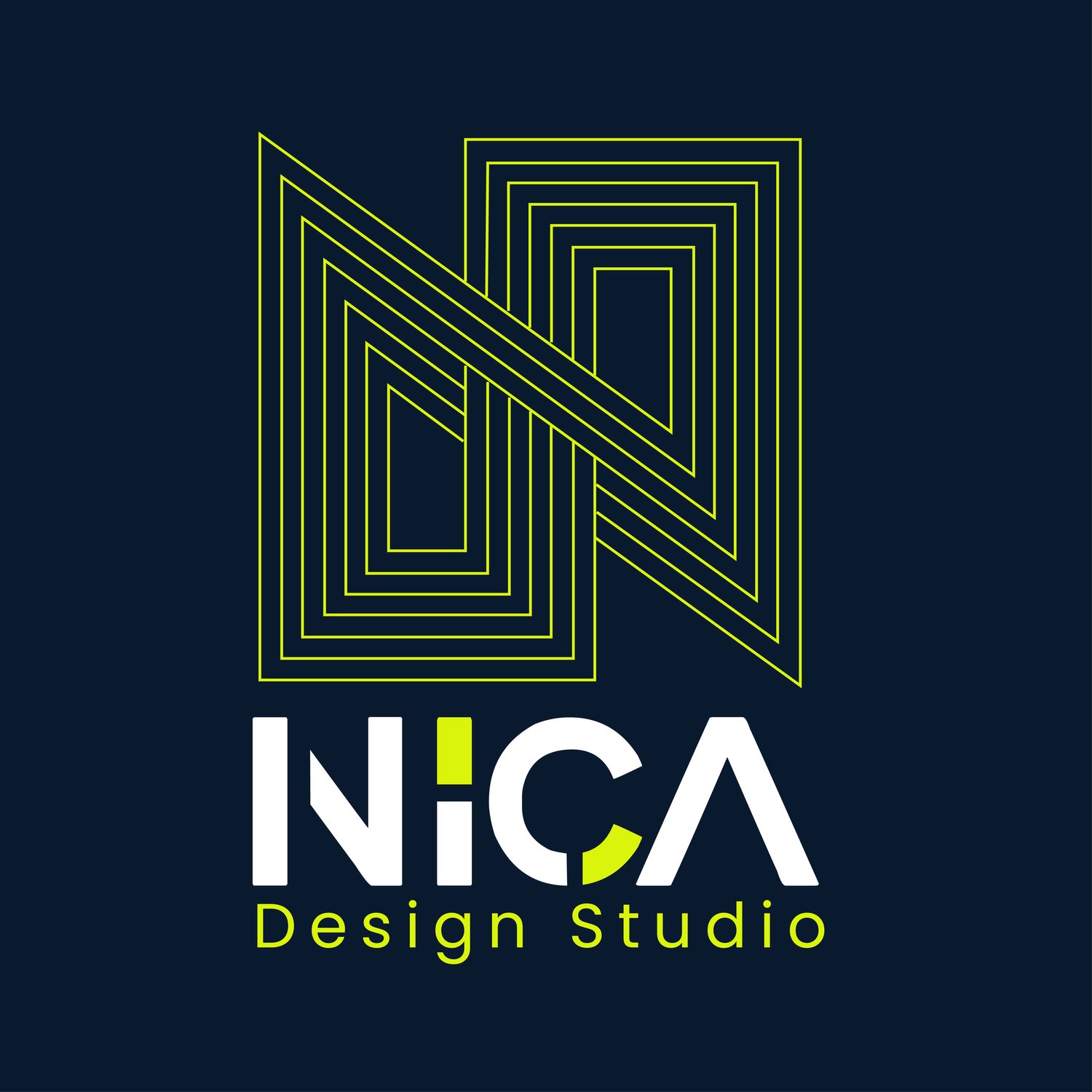The Ultimate Guide to the Interior Design Process for Airbnb’s
In the world of Airbnb, where first impressions and guest experiences are paramount, the power of interior design cannot be overstated. It's not just about making spaces look pretty; it's about crafting environments that resonate with guests, encourage repeat bookings, and foster glowing reviews. However, embarking on such a transformative journey can seem daunting. Fear not; this guide will walk you through the interior design process from concept to completion, ensuring your vacation rental stands out in a crowded market.
Understanding the Interior Design Process
The interior design process is a systematic approach that ensures every aspect of a space is considered, resulting in aesthetically pleasing and functionally superior environments. Here's how it breaks down for vacation rentals:
1. Conceptualization: Dreaming Big
The first step is all about vision. Ask yourself, what unique experience can your vacation rental offer? This phase involves mood boards, color schemes, and the overall style you want to achieve. Whether you're aiming for a cozy cottage vibe or a sleek, modern look, the goal is to envision a space that aligns with your target guests' preferences and the property's locale.
2. Planning: Laying the Groundwork
With a clear concept, it's time to get down to the nitty-gritty. This involves creating a detailed layout and floor plan. Consider the flow of the space, the functionality of each room, and how to maximize natural light.
3. Selection: Choosing Your Elements
Now, for the fun part – selecting the furniture, fixtures, and finishes that will bring your vision to life. It's crucial to balance style with durability, opting for materials and fabrics that can withstand the wear and tear of frequent use. Remember, every choice should contribute to the cohesive aesthetic you aim to achieve.
4. Implementation: Bringing It All Together
With all the pieces selected, it's time to start the physical transformation of the space. This phase can involve painting, installing fixtures, and assembling furniture. Having a timeline and staying organized is vital, as multiple elements come together simultaneously.
5. Styling: The Finishing Touches
The final step is all about styling. This involves arranging decor items, art, and textiles to add personality and warmth to the space. Styling turns a well-designed space into a home-away-from-home for your guests, invoking a sense of welcome and comfort from the moment they enter.
Navigating Challenges and Making Decisions
Throughout the design process, challenges will inevitably arise – from budget constraints to unforeseen delays. The key to navigating these hurdles is flexibility and a problem-solving mindset. Additionally, decision-making can be overwhelming, especially with the myriad of options available. Refer to your initial concept and target guest experience to guide your choices.
Conclusion: The Reward of a Thoughtful Design Process
Embarking on the interior design process for your Airbnb is an investment in your property's success. By taking a structured approach to design, you ensure that every decision contributes to creating a memorable and enjoyable experience for your guests. This enhances your rental's appeal and sets the stage for positive reviews, repeat visitors, and increased profitability.
The interior design process might seem like a marathon, but remember, the journey is as rewarding as the destination. Your efforts will culminate in an Airbnb that stands out for all the right reasons, providing a welcoming retreat for guests and a lucrative asset for you.
FAQs
-How much should I budget for the interior design of my Airbnb?
Budgeting depends on various factors, including the size of your property and the extent of changes planned. Start with a clear budget, prioritizing key investments that most impact guest experiences.
-How often should I refresh the interior design of my Airbnb?
Minor updates should be considered annually to keep the space fresh and appealing. Depending on wear and tear and changing design trends, a more significant redesign might be needed every 5-7 years.
